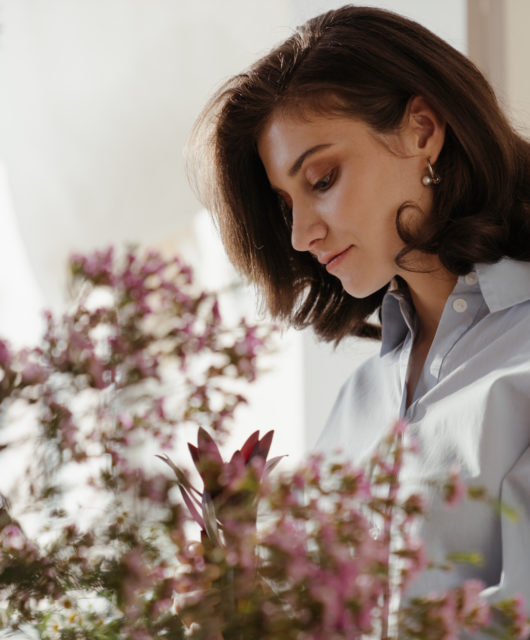In the United States and the West, the concept of wellness is relatively new, dating back to no earlier than the second half of the 20th century.
In the Eastern world, on the other hand, professionals have been preaching and perfecting wellness for nearly 5,000 years.

What is wellness?
The tradition of Western medicine is known for promoting physical health, ridding the body of disease and illness. Wellness is a holistic approach that takes health to the next level, improving the condition of the mind and the spirit in addition to that of the body.
Where did wellness begin?
One of the earliest written texts covering strategies for achieving holistic balance is the Huangdi Neijing, or Inner Canon of the Yellow Emperor. The book chronicles the history of Eastern medicine since 2700 B.C. and the reign of the Yellow Emperor.
In the 18th century, French missionaries translated the Huangdi Neijing and introduced Traditional Chinese Medicine to Europe. Many methods discussed in the book are still used by trained professionals in both the West and the East to this day. The most notable, and perhaps the one with the most enduring influence, is that of the massage.
The origins of massage
Chinese massage therapy is called tui na, and its purpose is to use fingers to target blockages and disturbances in one’s body and blood. Throughout a session, tui na practitioners will put to use oscillating and pressure techniques of varying speed and force, relaxing the muscles and tendons in the body.
If you have ever felt the benefits of a massage, you can thank the ancient Chinese. For example, even the Japanese shiatsu is based on anma, an offshoot of tui na. These techniques all use kneading and rolling on the body’s meridians and vital points to realign the body’s qi.

Massage today
With the dawn of 21st century technology, every person can benefit from the ancient wisdom of Chinese massage, even without going to a masseur or masseuse. NAIPO develops at-home massagers that replicate the kneading and rolling techniques of fingers and can be used on almost any part of the body.
NAIPO’s newest product, the oCuddle, is equipped with two massage heads, each with four nodes that simulate four fingers. The nodes rotate in both directions, just as the hands of a masseuse can rub both clockwise or counterclockwise. The movement is designed to provide the user with the feeling that comes with shiatsu as provided by fingers, knuckles and palms, holding and loosening muscles rhythmically for an enhanced sense of well-being.
As most of us live hectic and busy lives, maintaining a wellness of the body, mind and spirit is both harder and more important than ever. Thankfully, with massagers like the oCuddle, people anywhere in the world can use the wisdom of ancient Chinese physicians from the comfort of their own home.










